
White phlegm is most commonly a feature of viral infections. It may also occur in initial stage of bacterial infections, but in this case it will eventually change its color.
Problem with Phlegm Color
If phlegm is white this means that a patient does not have to take antibiotics. These medications are basically given only if phlegm is yellow, green or brown and if patients complain about additional symptoms of infection such as increased body temperature, chills and chest pain.
White phlegm can be treated at home and in many cases it does not require special medicamentous therapy. It can be easily dealt with home remedies and over-the counter medications.
Apart from cough and white phlegm, patients may develop additional symptoms and signs of infection such as sore throat, itchy sensations in the throat, problems with swallowing, mild fever and loss of appetite. Cough can range from mild to severe.
White Phlegm Causes
As far as white phlegm is concerned, there are numerous causes of it. As it has been already mentioned it most commonly occurs in viral infections such as flu or cold.
Even pneumonia, bronchitis and other lung diseases may, in the initial stage, lead to production of white phlegm.
White phlegm additionally occur in sinus infections, throat infections, inflammation of the larynx and allergies.
The most effective way for elimination of white phlegm includes certain home remedies such as salt-water and myrrh gargling. Salt water can successfully soothe sore throat and reduce the amount of white phlegm. Myrrh, on the other hand, enhances coughing and accelerates elimination of phlegm.
Everyone can prepare salt-water. The first step is boiling of 2 glasses of water with 2 tablespoons of salt. This mixture needs to cool down and is applied lukewarm. Gargling is repeated 2 to 3 times a day. The second solution contains 1/2 teaspoon of myrrh and 2 cups of lukewarm water. This highly effective expectorant is applied 3-4 times a day.Lemon tea can perfectly soothe scratchy throat. The preparation requires 1 cup of boiled water and 1/2 tea spoon of green tea. After being boiled for 1 minute, the mixture is strained in a cup and drunk with juice of one lemon and honey. Tea should be drunk several times a day.
Over-the-counter remedies for white phlegm include cough syrups. The most efficient are those which ease expectoration of white phlegm. Throat lozenges may soothe the inflamed throat. And finally, plenty of water and increased intake of vitamin C are of great importance in the fight against infection.
White Spots in the Mouth are Indication of a Health Issue
White spots found in the mouth can be a sign of many different oral diseases and sometimes can even indicate the presence of pre-cancerous lesions. It is important to remember that white spots in the mouth are a medical sign, not a particular disease.
They can be located on the tongue, inner cheek, gums, or any part of the mouth. White spots can also come in patches and groups or are scattered inside the entire oral cavity.
A change in the color of the oral cavity shows that there is a change in cellular activity, which is why a person needs to understand that white spots in the mouth can be helpful when diagnosing some conditions.There are many possible causes of white spots in the mouth. One is oral candidiasis, a fungal infection commonly referred to as oral thrush. The infection is one of the most common causes of white spots appearing in the mouth. Sometimes, this condition can result from ill-fitting dentures.
Another cause is lichen planus, a non-contagious condition that affects the mucous membranes of the oral cavity and can causes white spots. They typically form a spider-like pattern in the mouth. The exact cause of this condition is not known, though medical experts believe that it is related to allergic reactions, and possibly tobacco chewing and smoking.
Leukoplakia is another potential cause, and represents an oral pre-cancerous lesion that shows up as a white spot in the mouth. Tobacco chewing and smoking lead to this condition most often.
Some symptoms that usually accompany the appearance of white spots in the mouth include burning sensations in the mouth, the inability to eat food, especially food that is spicy, a loss of appetite, a bad taste in the mouth, painful jaw and other dental problems.
All in all, white phlegm, even though it is usually a sign of a viral infection, can signify many different health states. Thus, it is important to have this problem diagnosed and its culprit treated.
Sometimes, instead of suffering from having white phlegm, you might experience white spots, appearing in the mouth. These can be signs of serious health issues, so make sure you contact you doctor in case you experience them.
- www.nhs.uk/conditions/coughing-up-blood/
- www.nhs.uk/conditions/bronchiectasis/symptoms/
- Photo courtesy of COM SALUD Agencia de comunicaciu00f3n by Flickr: www.flickr.com/photos/com_salud/13866052723/





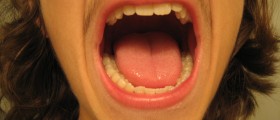

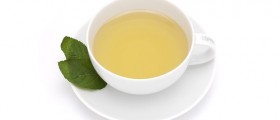


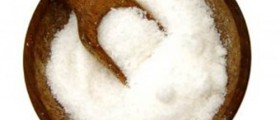
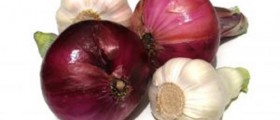
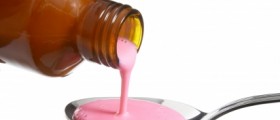
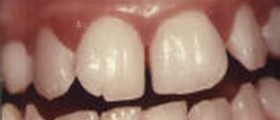


Your thoughts on this
Loading...